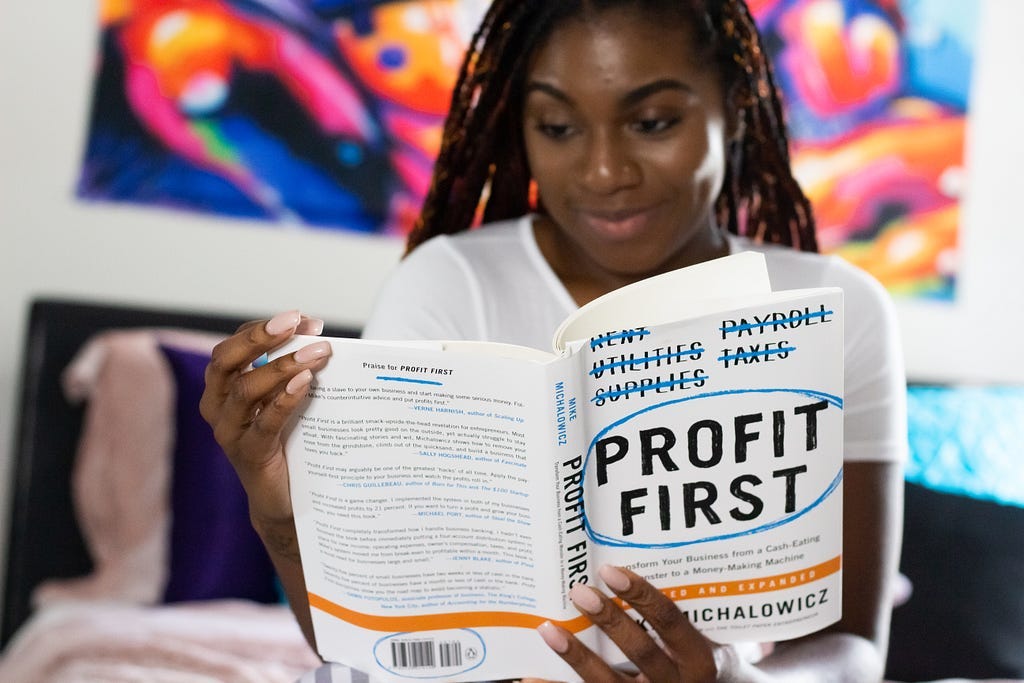User-centered Design or Profit-centered Design?

In the digital industry, the user-centered design (UCD) methodology has been widely recognized for years. This approach emphasizes that designers must prioritize the needs and goals of end-users. Before building a user interface, designers must clearly understand their customers and actively involve them in the design process.
For UX designers, UCD is the fundamental approach to design. Most UX Designers work for companies and strive to create valuable products for users. Without understanding the user’s needs, what are we creating other than self-indulgent toys?
Despite the prevalence of UCD in the design process, we still see many digital products that harm users mentally and even physically. This begs the question: Are designers using a profit-centered approach instead of a user-centered approach, especially in big tech companies such as Facebook and Google?
Some designers argue that they are committed to protecting users, but they have little control over the actions of “greedy businessmen” within the company who have more power. If this were true, the solution would be straightforward: replace the bad actors or find another company that values user well-being. However, the issue runs deeper than individual actors. It’s about how we define and measure “value.”
The word “value” is commonly used in the business world. It’s essential to demonstrate how to “create value” in a business plan. Hiring a new employee is a “value addition,” and a manager may ask you to “add more value” to the company to justify a salary increase. However, what exactly does “value” mean?
In most cases, “value” is subjective. For example, you may see no value in an old movie poster, but a cinephilia may treasure it. Similarly, a concert that doesn’t interest you may be the one I am willing to pay a lot for tickets to. Different people assign different values to different things, and in a free society, we don’t want a dictator who defines the value of everything for us.
So, how do we measure “value”? In a free-market society, which exists in most parts of the world, price is the only way we measure value. We believe that every individual is rational, possesses free will, and will pay for things they think are valuable. In the free market, the price will reflect the value and adjust itself accordingly.
Based on this belief, a product’s value is determined by how many customers want to pay for it. More profit means more value. Therefore, there is no contradiction between user-centered design and profit-centered design. More profit means that more users want to pay for the product, indicating that the product is more valuable and meets the user’s needs. Profit-centered is user-centered. If you disagree, then how dare you judge our users who are rational and possess free will? And how can you claim that one design is better than another if you can’t prove that users will pay for it?
The problem becomes apparent when we assume that individuals are always rational and immune to manipulation, which justifies profit-driven behavior. In this mindset, purchasing a product is a recognition of its value, and profit is the sole measure of that value. As part of the company, we UX designers must align ourselves with the company’s objective of “creating more value for our customers.”
But it doesn’t need more than common sense to know that humans are flawed. We are fallible and susceptible to manipulation, especially in the digital age where all our data are being gathered and analyzed by AI. Therefore, we need to redefine “value” and find a new method other than profit to measure it. Until then, it’s futile to discuss user-centered design versus profit-centered design since they’re essentially two names for the same thing.

